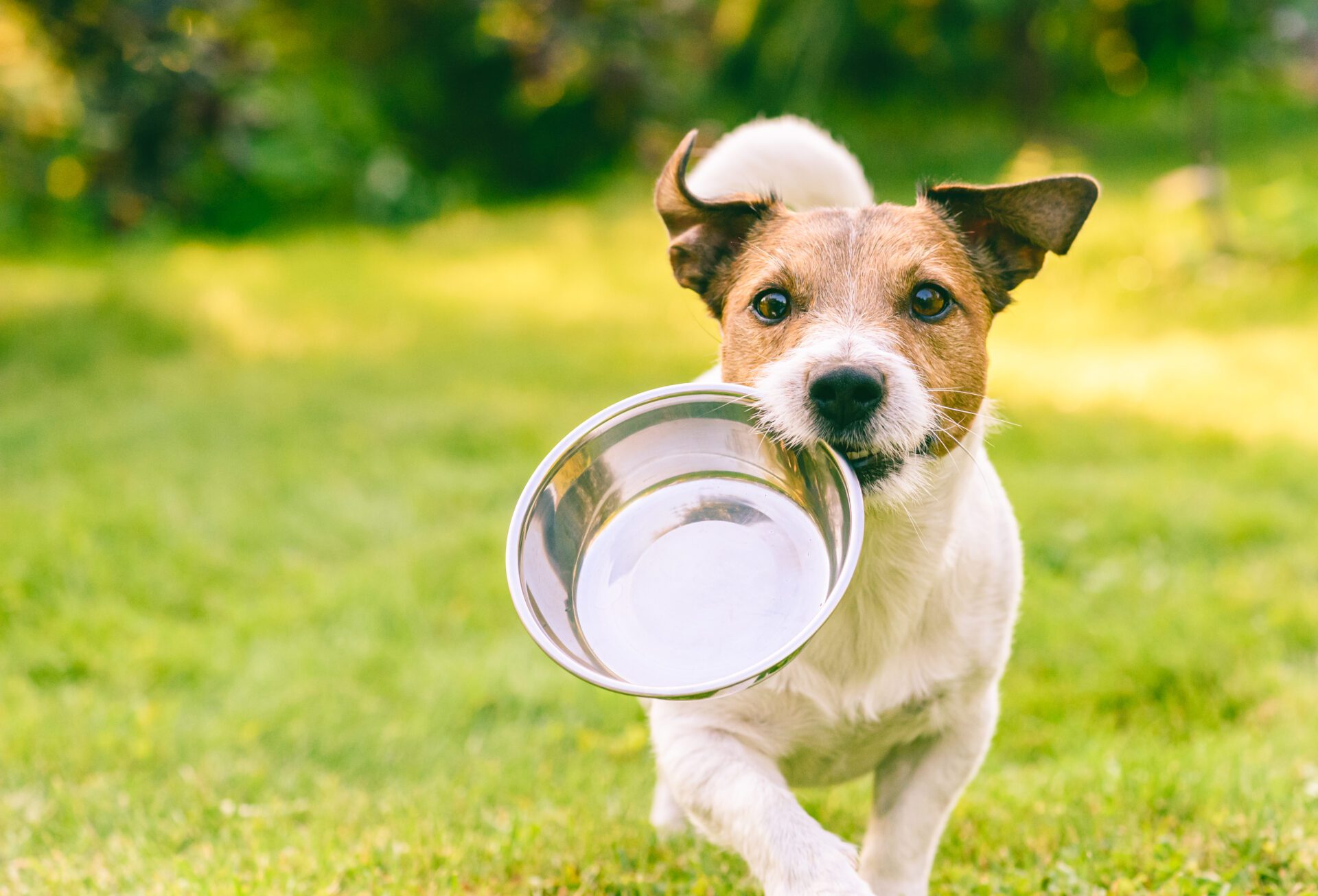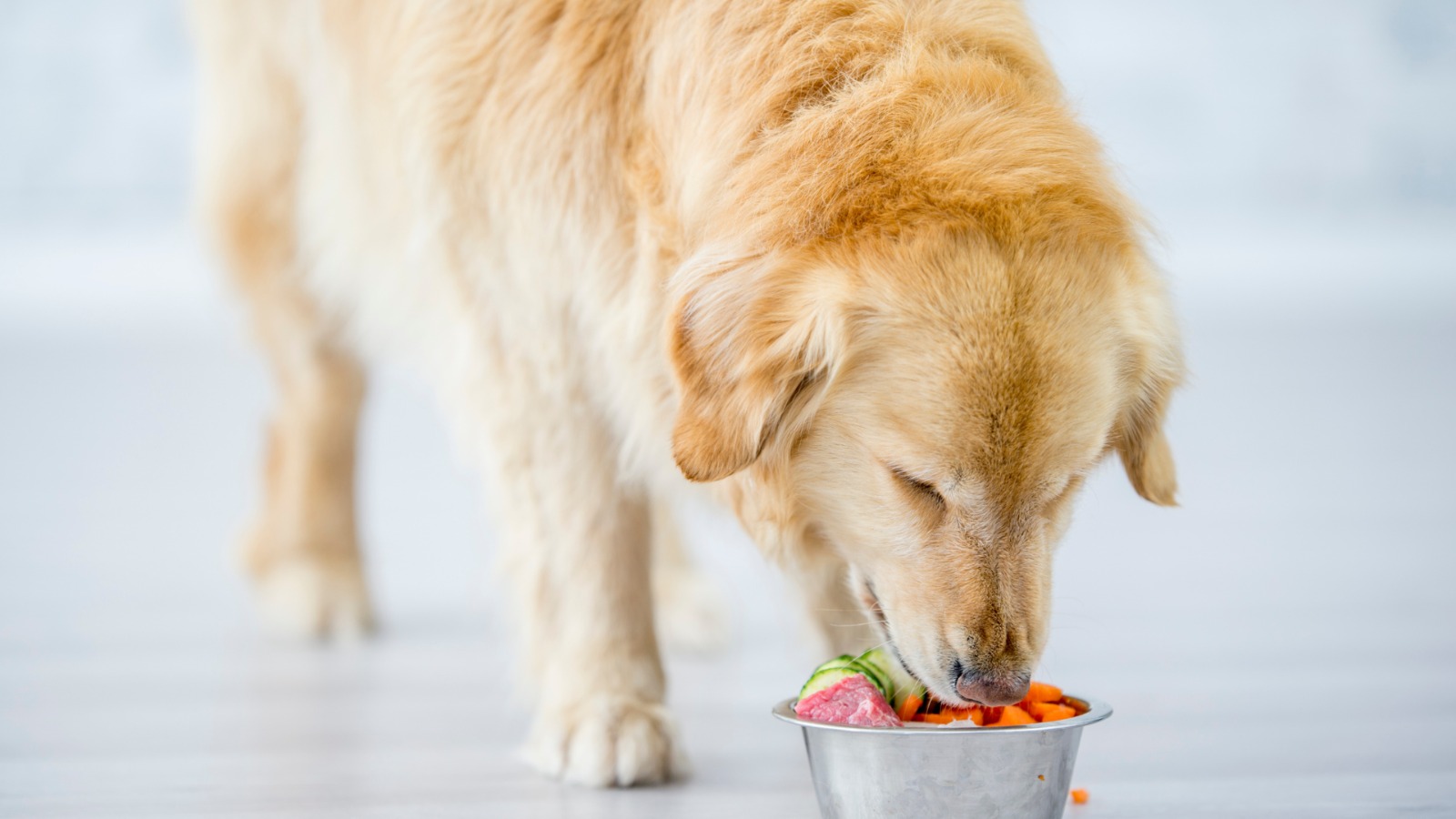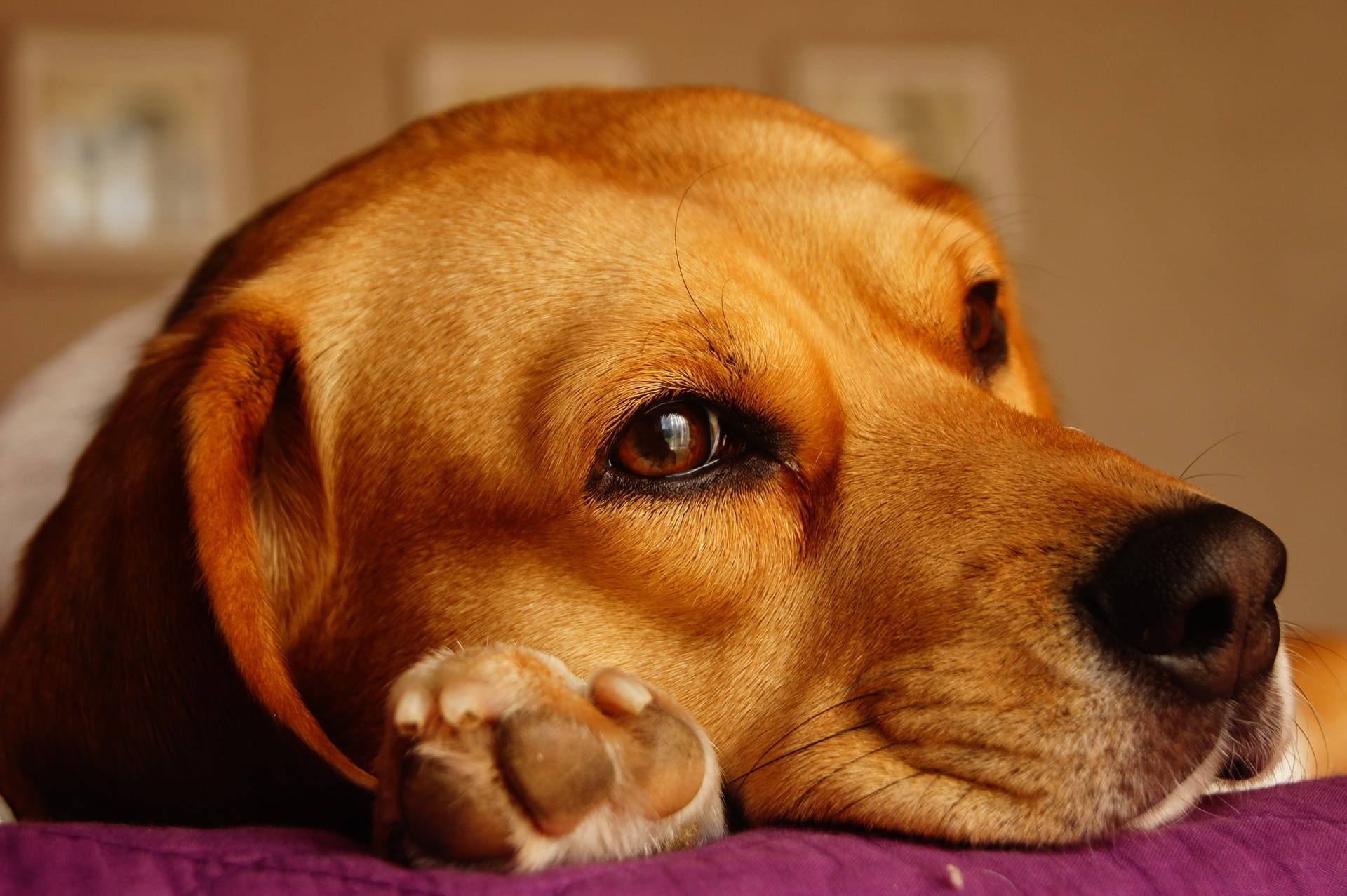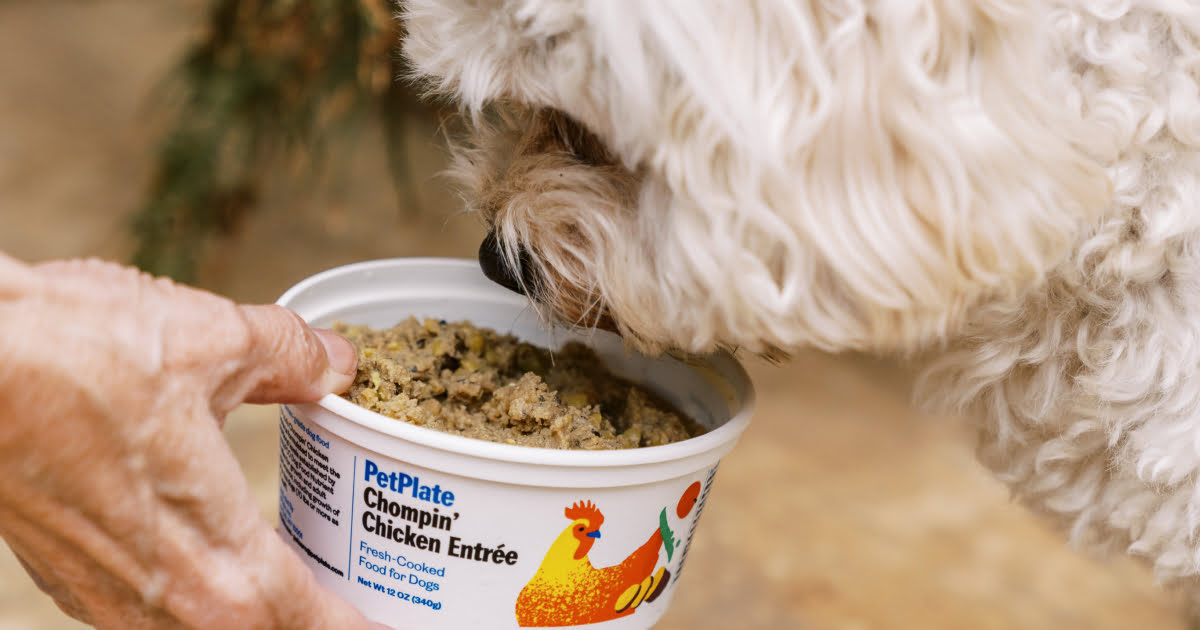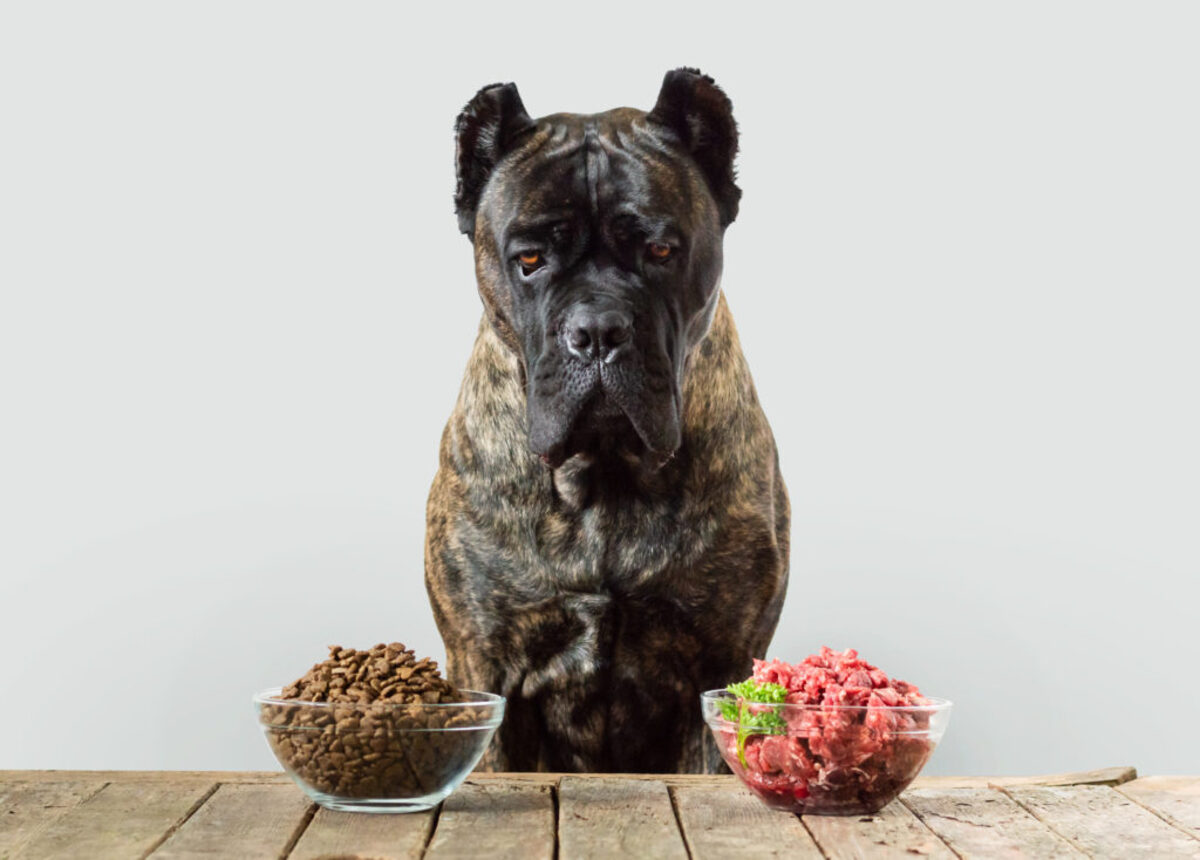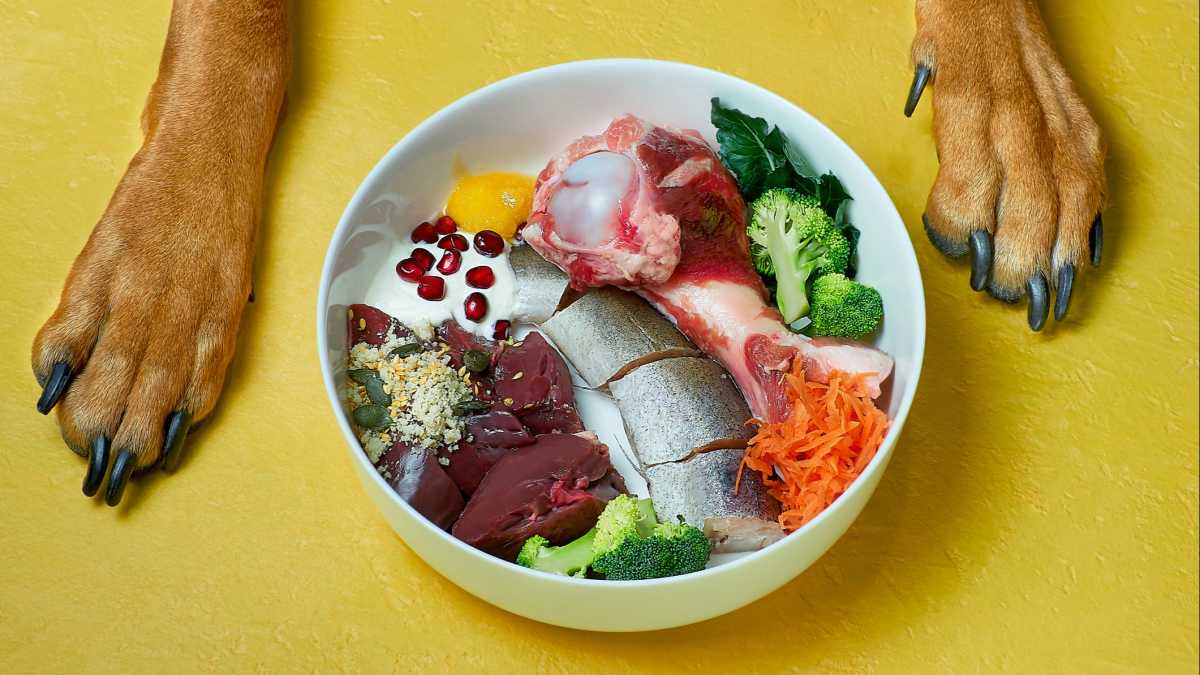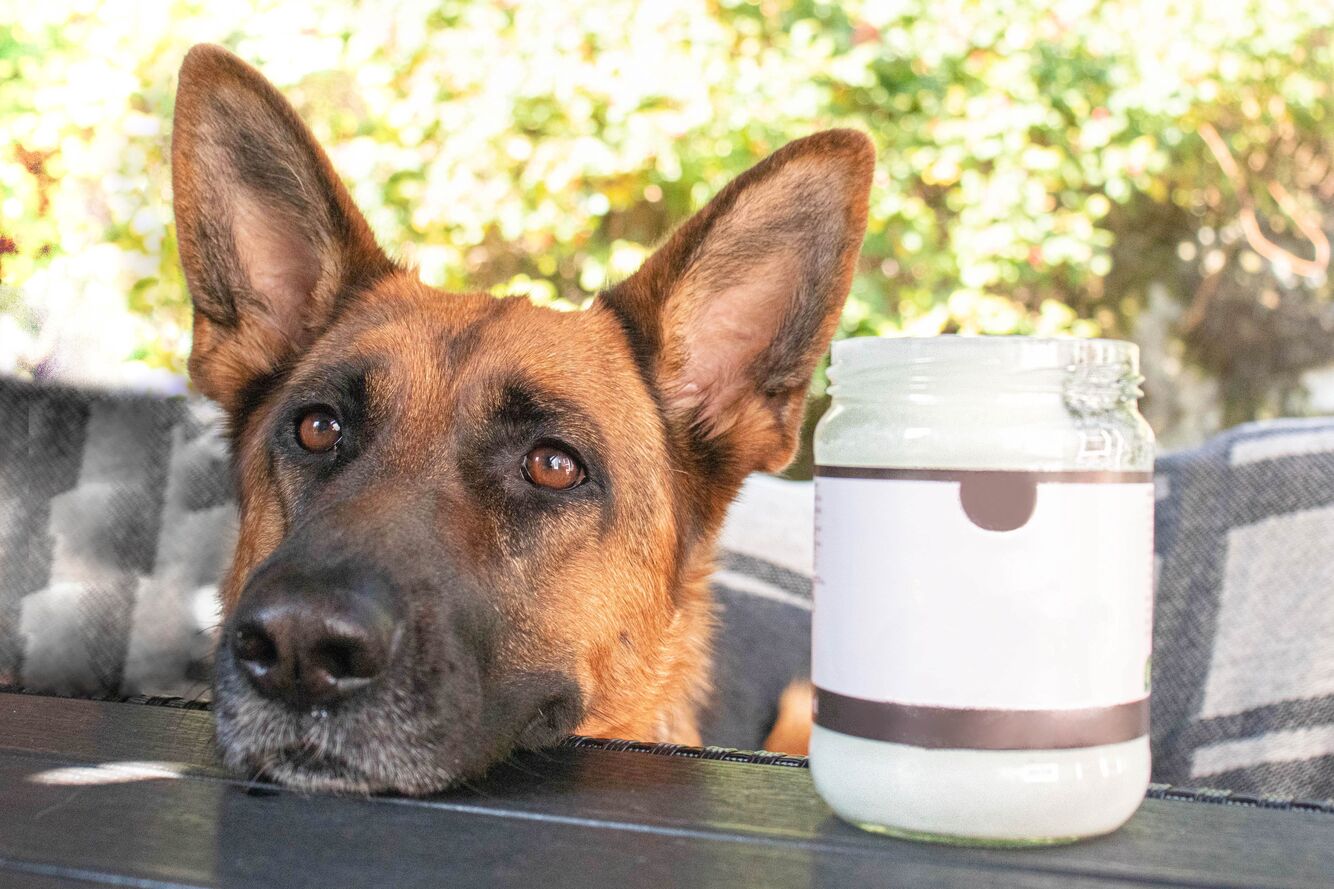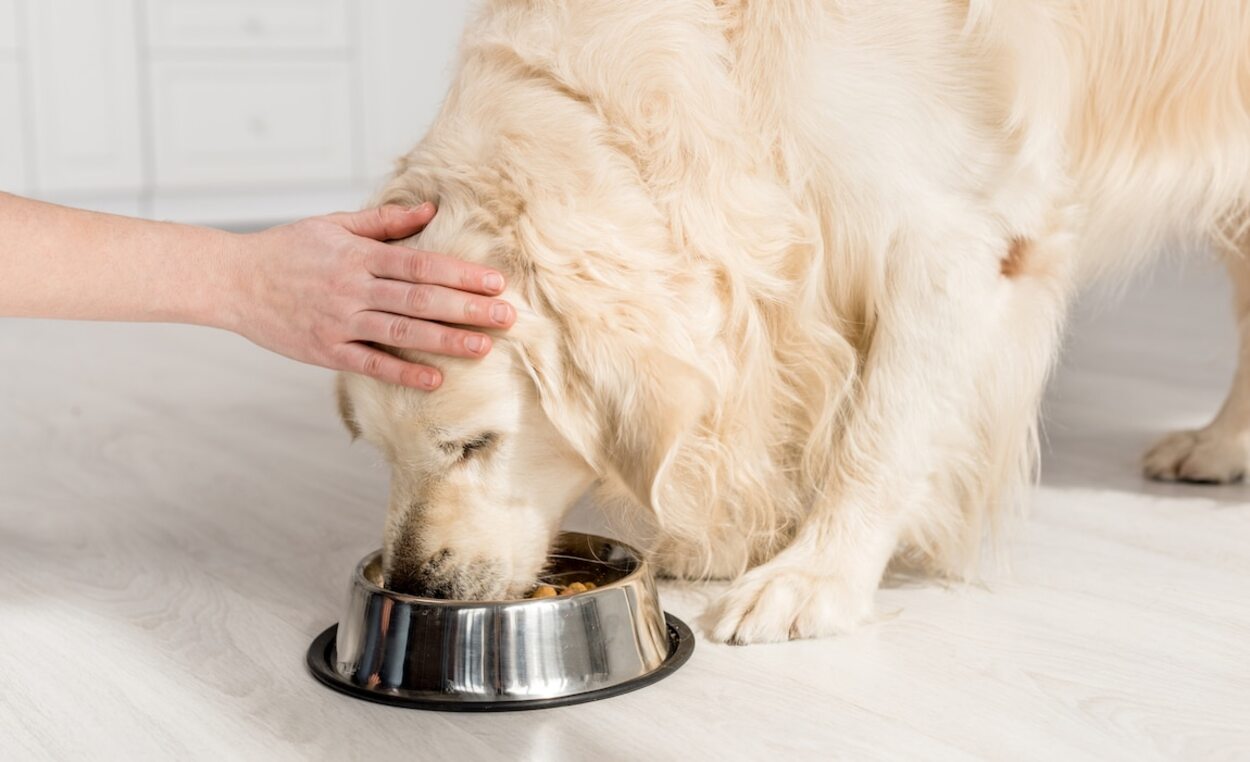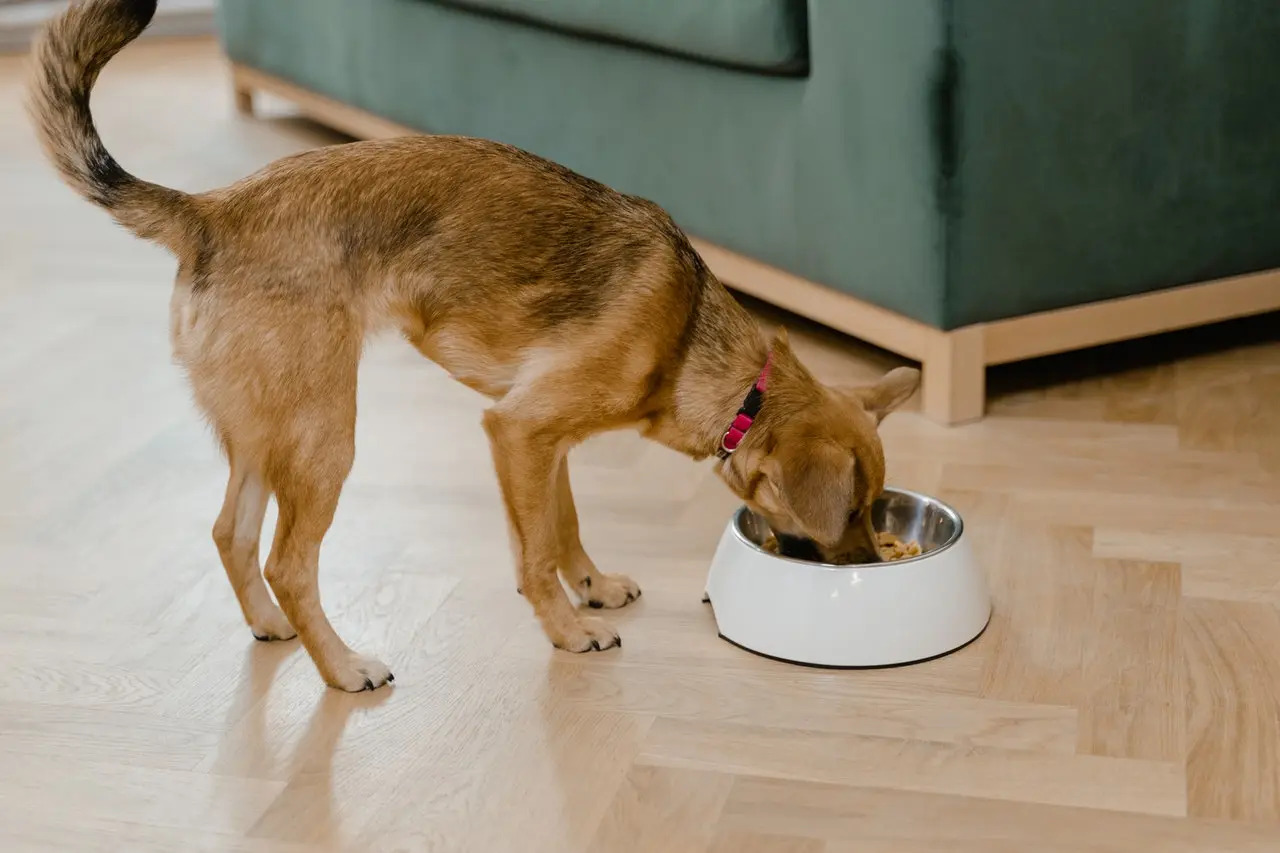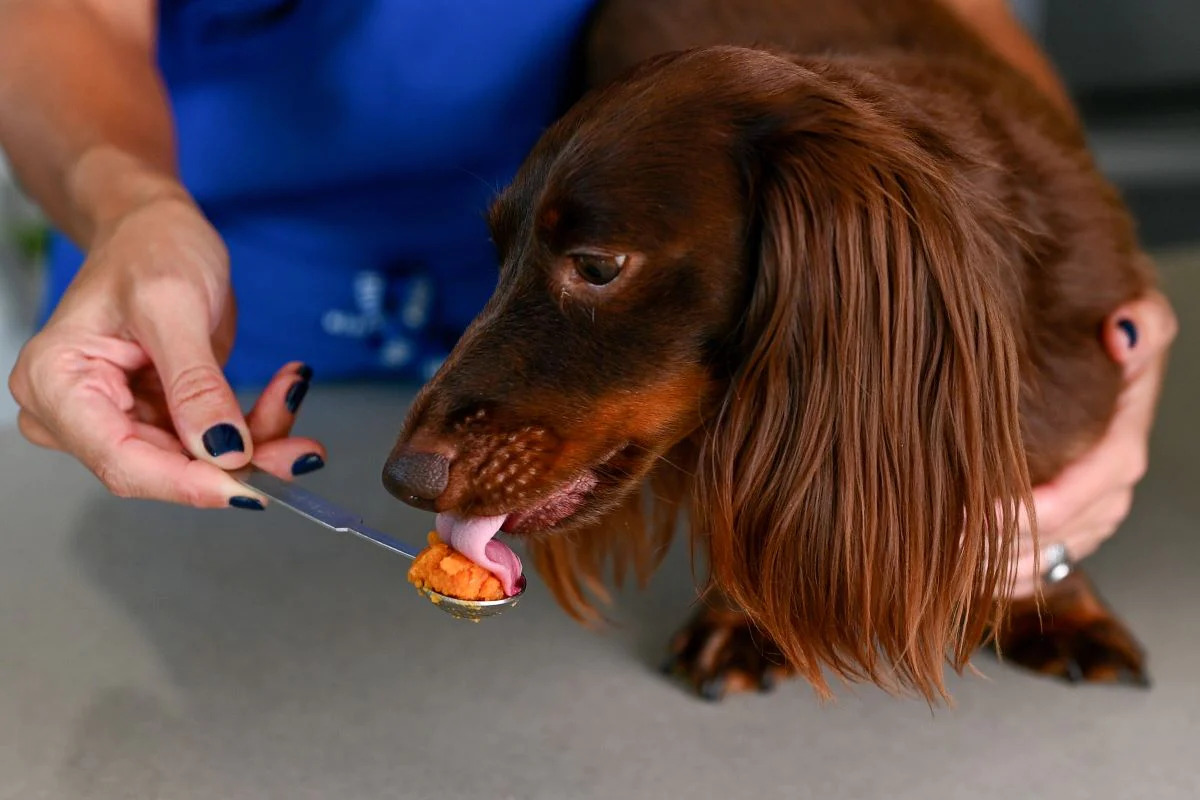Home>Health & Wellness>Nutrition & Diet>How Will A Wet-Only Diet Affect My Dog’s Stool?
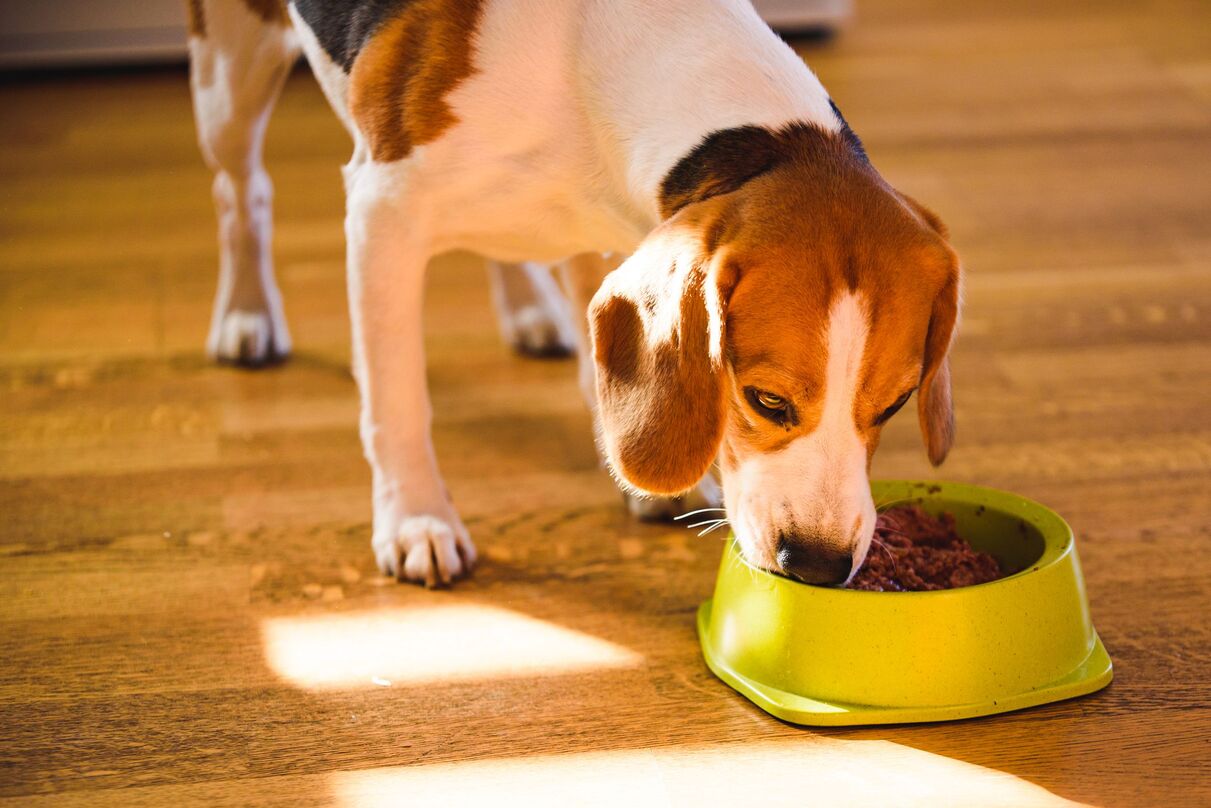

Nutrition & Diet
How Will A Wet-Only Diet Affect My Dog’s Stool?
Published: January 27, 2024
Discover the impact of a wet-only diet on your dog's stool and learn about nutrition and diet tips for your pet's health. Explore the effects of a wet diet on your dog's digestive system.
(Many of the links in this article redirect to a specific reviewed product. Your purchase of these products through affiliate links helps to generate commission for Pawsomeoldies.com, at no extra cost. Learn more)
Table of Contents
Introduction
Transitioning your dog to a wet-only diet can significantly impact their overall health and well-being. As a responsible pet owner, it's essential to understand the potential effects of this dietary change, particularly on your dog's stool. By delving into the intricacies of a wet-only diet and its implications, you can make informed decisions that prioritize your furry friend's health.
A wet-only diet, often comprising canned or freshly prepared food with high moisture content, differs from traditional dry kibble. This shift can bring about notable changes in your dog's digestion, nutrient intake, and stool characteristics. Understanding these changes is crucial for gauging the diet's impact on your dog's gastrointestinal health and overall vitality.
In the following sections, we will explore the nuances of a wet-only diet, its influence on your dog's stool, potential health concerns, and essential tips for a smooth transition. By gaining insights into these aspects, you'll be better equipped to navigate the transition to a wet-only diet while prioritizing your dog's digestive wellness and long-term health.
Understanding the Wet-Only Diet
Transitioning to a wet-only diet involves a significant shift in your dog's daily nutritional intake. Unlike dry kibble, wet dog food typically contains higher moisture content, often exceeding 75%. This moisture-rich composition is akin to the natural diet of wild canines, which primarily consists of prey animals and other sources of moisture-rich food.
The high moisture content in wet dog food serves multiple purposes. Firstly, it contributes to your dog's overall hydration, supporting their urinary tract health and aiding in the regulation of body temperature. Additionally, the increased moisture content can be particularly beneficial for dogs prone to urinary tract issues, as it promotes more frequent urination, potentially reducing the risk of crystal formation in the bladder.
Furthermore, the texture and consistency of wet dog food can be appealing to dogs, especially those with dental issues or older pets that may struggle with chewing harder kibble. The soft texture of wet food can make it easier for dogs to consume, ensuring that they receive the necessary nutrients without discomfort or difficulty.
In terms of nutritional value, high-quality wet dog food is formulated to provide a balanced diet, incorporating essential nutrients such as proteins, fats, vitamins, and minerals. The cooking process used in preparing wet dog food can help preserve these nutrients, ensuring that your dog receives a wholesome and nourishing meal.
However, it's important to note that the higher moisture content in wet dog food means that it typically has a shorter shelf life once opened. This necessitates proper storage and handling to prevent spoilage and maintain the food's integrity.
Understanding the nuances of a wet-only diet empowers pet owners to make informed decisions regarding their dog's nutrition. By recognizing the benefits and considerations associated with this dietary approach, you can effectively evaluate its suitability for your dog's specific needs and overall well-being.
Impact on Dog's Stool
Transitioning your dog to a wet-only diet can notably impact the characteristics of their stool. The higher moisture content in wet dog food can lead to softer and looser stools compared to those produced on a dry kibble diet. This change is primarily attributed to the increased water intake associated with consuming wet food. As a result, the frequency of bowel movements may also increase, reflecting the body's efficient utilization of the added moisture.
The texture and consistency of a dog's stool on a wet-only diet are often more pliable and may appear darker in color. This alteration is a natural response to the higher water content in the diet, and it is generally considered normal unless accompanied by other concerning symptoms such as diarrhea, excessive mucus, or blood in the stool.
Moreover, the enhanced digestibility of wet dog food can contribute to a reduction in the volume of stool produced. As the nutrients in wet food are readily absorbed by the dog's digestive system, there is often less waste material expelled during bowel movements. This can lead to smaller, more compact stools, which may be easier to manage and clean up.
It's important to monitor your dog's stool during the transition to a wet-only diet, as well as in the subsequent weeks, to assess any changes in consistency, color, or frequency. While a shift to softer stools is expected, persistent diarrhea or drastic alterations in stool characteristics may indicate an underlying issue that requires veterinary attention.
Understanding the impact of a wet-only diet on your dog's stool is crucial for gauging their digestive health and overall well-being. By being attentive to these changes and seeking professional guidance if necessary, you can ensure that your dog's transition to a wet-only diet is smooth and beneficial for their long-term health.
Potential Health Concerns
Transitioning your dog to a wet-only diet can bring about various health considerations that warrant attention. While this dietary approach offers numerous benefits, it's essential to be mindful of potential health concerns that may arise during and after the transition.
One notable concern is the risk of dental issues. Unlike dry kibble, which can help maintain dental health by mechanically removing plaque and tartar through chewing, wet dog food's soft texture may be less effective in promoting dental hygiene. Without the abrasive action of chewing on dry kibble, dogs on a wet-only diet may be more susceptible to dental plaque buildup and associated oral health issues. To mitigate this concern, incorporating dental care practices such as regular teeth brushing and providing dental chews can help support your dog's oral hygiene.
Another consideration is the potential for weight management challenges. Wet dog food, while nutritionally balanced, can be more calorie-dense than dry kibble due to its higher moisture content. This can pose a risk of overfeeding, leading to weight gain and associated health issues. It's crucial to monitor portion sizes and adjust feeding quantities based on your dog's activity level and individual metabolic needs to prevent excessive weight gain.
Furthermore, the higher moisture content in wet dog food can create an environment conducive to bacterial growth if not handled and stored properly. This can pose a risk of food spoilage and contamination, potentially leading to gastrointestinal issues in dogs. Proper storage, adherence to expiration dates, and maintaining hygiene during food preparation are essential in mitigating this risk.
Additionally, some dogs may experience digestive sensitivities or allergies to certain ingredients commonly found in wet dog food formulations. It's important to monitor your dog for any signs of adverse reactions, such as vomiting, diarrhea, or skin irritations, and consult with a veterinarian to address potential dietary intolerances.
Lastly, the cost of maintaining a wet-only diet for your dog should be considered. Wet dog food, particularly high-quality varieties, can be more expensive than dry kibble. Assessing the long-term financial implications of sustaining a wet-only diet is crucial for ensuring that it remains a feasible and sustainable choice for your dog's nutritional needs.
By being mindful of these potential health concerns and taking proactive measures to address them, pet owners can navigate the transition to a wet-only diet while prioritizing their dog's overall health and well-being. Regular veterinary check-ups and open communication with a trusted veterinarian can provide valuable guidance in managing and optimizing your dog's dietary choices.
Tips for Transitioning to a Wet-Only Diet
Transitioning your dog to a wet-only diet requires a thoughtful and gradual approach to ensure a smooth adjustment and optimal digestive health. Here are essential tips to facilitate the transition and support your dog's well-being:
-
Gradual Transition: Start by gradually introducing wet food into your dog's diet while reducing the portion of dry kibble. This gradual transition allows your dog's digestive system to adapt to the new food, minimizing the likelihood of gastrointestinal upset.
-
Mixing Foods: To ease the transition, consider mixing small amounts of wet food with your dog's regular dry kibble. Gradually increase the proportion of wet food while decreasing the dry kibble over a period of 7-10 days. This gradual shift helps prevent sudden dietary changes that can lead to digestive disturbances.
-
Observation and Adjustment: Monitor your dog's response to the new diet closely. Pay attention to their stool consistency, energy levels, and overall well-being during the transition. If you notice any signs of digestive discomfort or adverse reactions, consider adjusting the transition pace or consulting with a veterinarian for guidance.
-
Hydration: Ensure that your dog has access to fresh water at all times, especially when transitioning to a wet-only diet. While wet food contributes to hydration, access to clean water remains essential for supporting overall health and proper digestion.
-
Scheduled Feedings: Establish a consistent feeding schedule to regulate your dog's meal times. Scheduled feedings can help prevent overfeeding and support healthy eating habits, particularly when transitioning to a new diet.
-
High-Quality Nutrition: Select high-quality wet dog food that meets your dog's specific nutritional needs. Look for formulations that prioritize essential nutrients, including proteins, healthy fats, vitamins, and minerals, to support your dog's overall health and vitality.
-
Veterinary Consultation: Before and during the transition, consider consulting with a veterinarian to discuss the dietary change and seek personalized recommendations based on your dog's age, breed, and any existing health conditions. Professional guidance can offer valuable insights tailored to your dog's unique requirements.
-
Patience and Consistency: Be patient throughout the transition process, as individual dogs may adapt to dietary changes at different paces. Consistency in the transition approach and maintaining a positive feeding environment can contribute to a successful adjustment to the wet-only diet.
By implementing these tips, pet owners can navigate the transition to a wet-only diet with attentiveness to their dog's needs and well-being. Prioritizing a gradual shift, nutritional quality, and proactive monitoring sets the stage for a successful transition that supports your dog's digestive health and overall vitality.
Conclusion
In conclusion, transitioning your dog to a wet-only diet can significantly impact their overall well-being, particularly in terms of digestive health and nutritional intake. Understanding the implications of this dietary shift is crucial for pet owners seeking to prioritize their dog's long-term health and vitality.
The transition to a wet-only diet brings about notable changes in stool characteristics, with the higher moisture content leading to softer and more pliable stools. While this adjustment is generally considered normal, it's essential for pet owners to monitor their dog's stool during the transition and subsequent weeks to assess any changes in consistency, color, or frequency. By being attentive to these changes and seeking professional guidance if necessary, pet owners can ensure that their dog's transition to a wet-only diet is smooth and beneficial for their digestive wellness.
Moreover, the potential health concerns associated with a wet-only diet, including dental issues, weight management challenges, and the risk of food spoilage, underscore the importance of mindful dietary management. By addressing these concerns through proactive measures such as dental care practices, portion control, proper food storage, and monitoring for dietary intolerances, pet owners can navigate the transition while safeguarding their dog's overall health.
Essential tips for transitioning to a wet-only diet, including a gradual transition, mixing foods, observation and adjustment, hydration, scheduled feedings, high-quality nutrition, veterinary consultation, patience, and consistency, provide a comprehensive framework for pet owners to support their dog's well-being throughout the dietary change.
By embracing these tips and considerations, pet owners can navigate the transition to a wet-only diet with attentiveness to their dog's needs and overall health. Prioritizing a gradual shift, nutritional quality, and proactive monitoring sets the stage for a successful transition that supports their dog's digestive health and overall vitality.
In essence, the decision to transition to a wet-only diet should be approached with careful consideration of the potential impacts and a commitment to providing the best possible care for your furry companion. By staying informed, proactive, and attentive to your dog's unique needs, you can ensure that the transition to a wet-only diet contributes to their overall well-being and quality of life.

